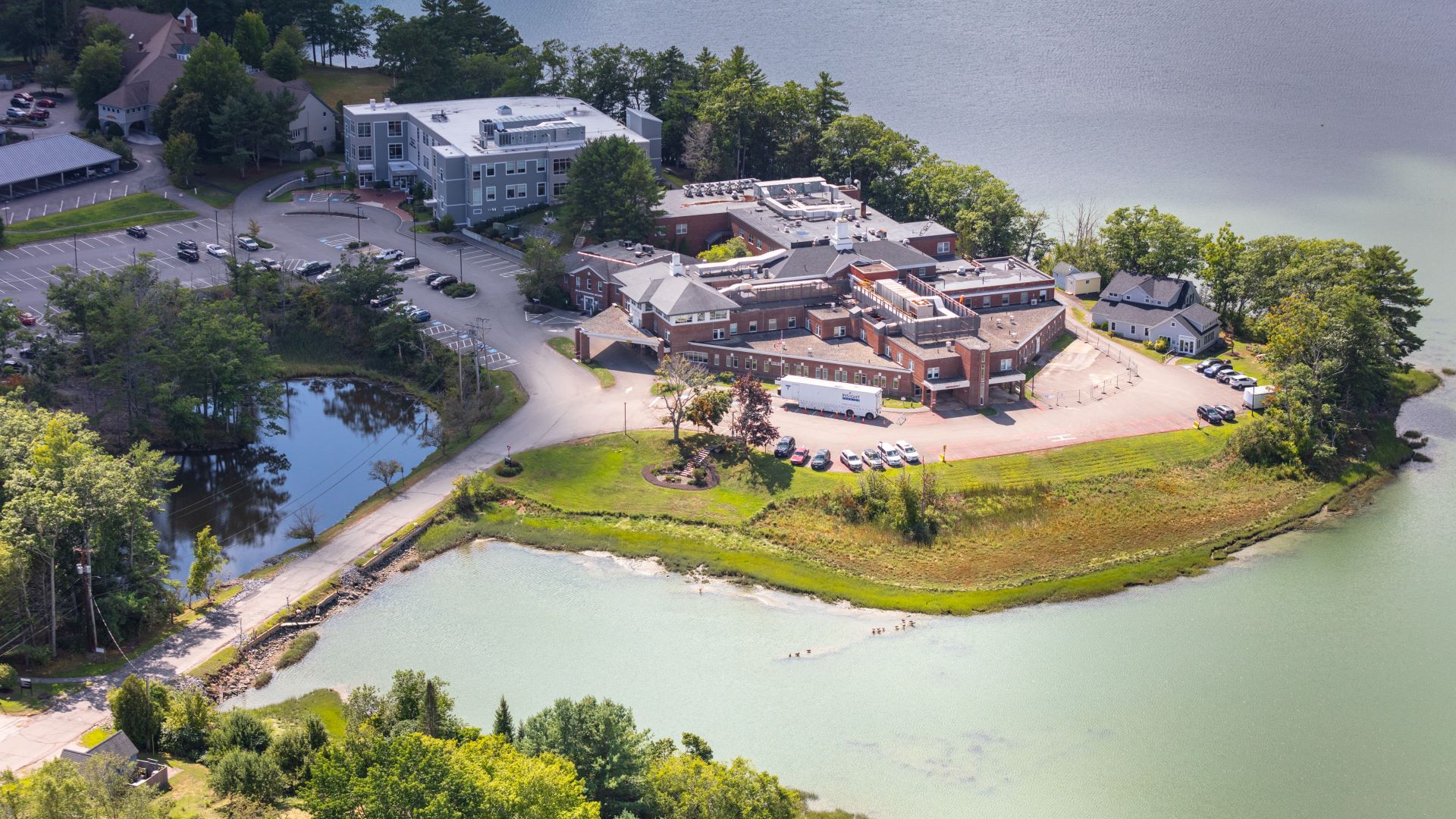Coastal erosion is here, because of changing weather patterns that bring fierce storms ever more frequently. Look no further than the storm that hit Maine on Dec. 23.
Peter Slovinsky, a marine geologist at the Maine Geological Survey, offers the following resources for homeowners and others who want to learn more.
Slovinsky joined two other panelists and the Monitor’s environmental reporter, Kate Cough, for a virtual discussion Jan. 26 about the effects of the storm and what it illustrates about the effects of sea level rise on Maine’s coasts.
Watch that video below and read a recap on the event.
Measuring the seas
NOAA CO-OPs Portland Tide Gauge
NOAA Advanced Hydrologic Prediction Service, Portland
Hohonu tide sensors deployed in cooperation with GMRI
Maine Geological Survey Sea Level Rise Ticker
Resources to understand risks to coastal hazards in Maine
MGS Maine Beach Mapping Program
MGS Sea Level Rise and Storm Surge Viewer
MGS Coastal Structure and Dune Crest Inventory and Overtopping Potential
MGS Living Shoreline Decision Support Tool
Resources to help respond to coastal hazards in Maine
MGS Maine Coastal Property Owner’s Guide to Erosion, Flooding, and Other Hazards
MGS Beach and Dune Best Management Practices
Maine DEP Chapter 355 – Coastal Sand Dune Rules
Maine DEP Chapter 305 — Permit by Rule
Maine Chapter 1000 — Mandatory Shoreland Zoning
Northeast Regional Ocean Council (NROC) Living Shorelines Working Group
Living Shorelines In New England — State of the Practice Report (NROC)
Living Shorelines in New England — Example Profile Pages (TNC/NROC)
Case Studies for Living Shorelines in New England (TNC.NROC)
Cumberland County Soil and Water District Coastal Bluff Planting Guide







